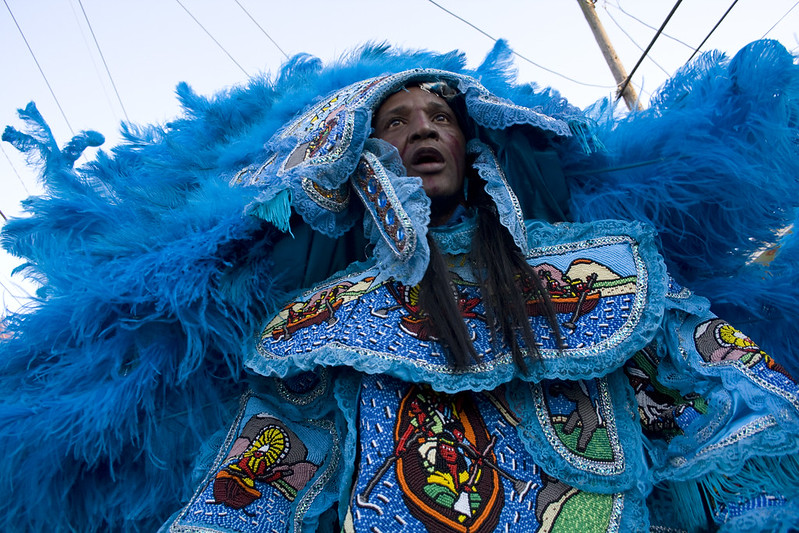Central City Homes for Sale
This residential area is re-emerging commercially due to revitalization, while remaining a focal point of the city’s Mardi Gras Indian and second-line culture.
The working-class area centered on its main thoroughfare, Oretha Castle Haley Boulevard (historically known as Dryades Street) is an area known as Central City. It lives up to its name due to being centrally located at the lower end of Uptown, upriver from the CBD.
The neighborhood was a thriving shopping and cultural hub starting in the late 19th century, and a center of civil rights activism in New Orleans in the 1960s. To this day, Central City is home to many of the city’s second-line and Mardi Gras Indian traditions.
It’s also home to several excellent, albeit small, museums that celebrate African-American heritage and the local culture. Thanks to entrepreneurial activity and investments from the New Orleans Redevelopment Authority it’s slowly re-emerging as a vital commercial, dining, and cultural destination.
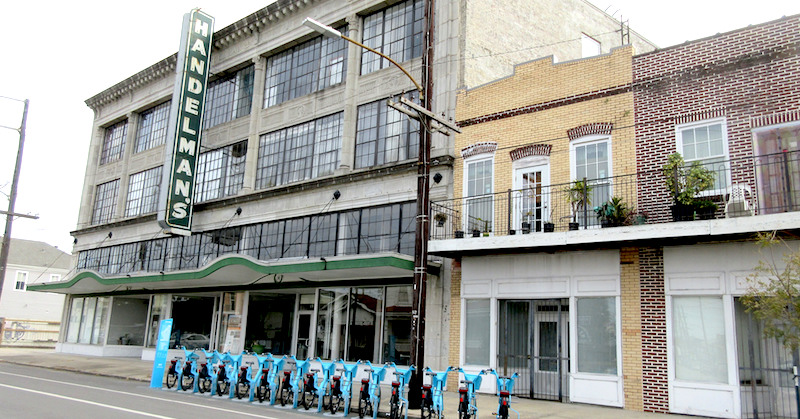
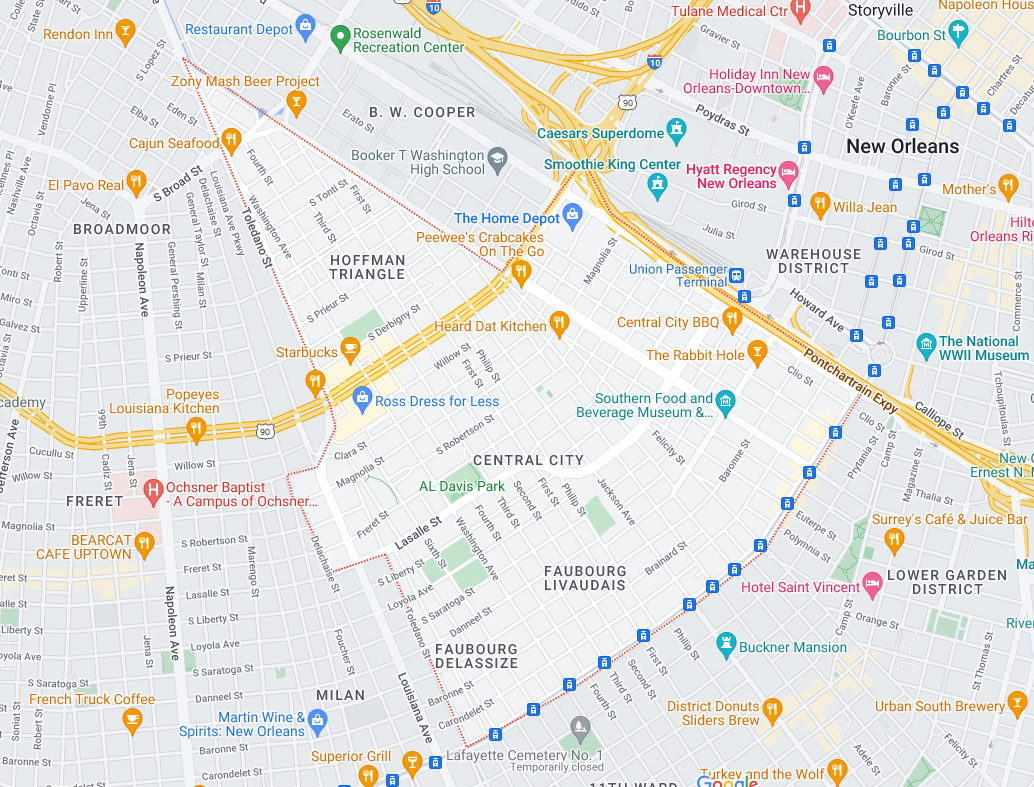
Where Is Central City?
A subdistrict of the Central City/Garden District area and a designated National Register Historic District, Central City occupies a total area of 1.41 square miles. The boundaries are:
North: Washington Ave.
East: Martin Luther King Jr. Boulevard and Pontchartrain Expressway
West: Toledano Street, Louisiana Avenue, and Washington Avenue
South: Magazine, Thalia, Prytania, and Felicity streets; and St. Charles Avenue.

Homes for Sale in Central City, New Orleans
Why Buy a Home in Central City?
Although parts of Central City remain blighted and prey to high rates of gun violence and petty crime, at least a few neighborhood pockets clustered around Oretha Castle Haley and Martin Luther King Jr. boulevards are undergoing development. Culturally, the neighborhood’s everyday life has always been firmly steeped in the Mardi Gras Indian and second-line traditions. There are many things to love about Central City, including the following.
Revitalization of Its Main Commercial Corridor. Oretha Castle Haley Boulevard was a popular commercial district for more than 100 years. It’s a nationally accredited Louisiana Cultural District that is home to the nonprofit Ashe Cultural Center, and, more recently, the performing arts venue The Peoples Health New Orleans Jazz Market. The boulevard has been undergoing revitalization lately, attracting more small businesses.
Notable Residents. Music legends Charles “Buddy” Bolden, Edward “Kid” Ory, and Professor Longhair, among scores of others, hailed from Central City. Henry Roeland Byrd, known as Professor Longhair, bought a two-story house at 1738 Terpsichore St. in 1979, less than a year before his death. The house stayed in the family and is now the Professor Longhair Museum.
The Museums. In addition to the Professor Longhair Museum, the area is replete with important cultural hotspots. The New Orleans Jazz Market serves as a sleek home for the New Orleans Jazz Orchestra, with a 450-seat performance hall, jazz archive, and the Bolden Bar space. The Southern Food and Beverage Museum has exhibits highlighting the local food and drink culture, a demo kitchen for cooking classes, and La Galerie de l’Absinthe, dedicated to the infamous green concoction. The building also houses the Museum of the American Cocktail and the 2,000-square-foot Toups South. Toups South is the second New Orleans outpost for Isaac Toups, a renowned chef and a one-time “Fan Favorite” on Bravo’s Top Chef. The New Orleans Tattoo Studio & Museum was founded recently to preserve and document New Orleans’ tattooing traditions, and the McKenna Museum of African-American Art houses one of the best collections of art in Louisiana.
Cultural Centers. Both the Ashe Cultural Arts Center and Zeitgeist Multi-Disciplinary Arts Center have busy schedules showcasing local artists and hosting community events, including an indie film series.
Parks and Cemeteries. Taylor Playground and A.L. Davis Playground are city-maintained community spaces that include playground areas, parks, fields for playing baseball, and basketball and tennis courts. Taylor Playground also has an outdoor pool, and A.L. Davis Playground serves as an annual gathering spot for the Mardi Gras Indian Super Sunday. Lafayette Cemetery No. 2 and the neighboring St. Joseph Cemetery No. 1 both contain historically important tombs and noteworthy examples of architecture but unfortunately, have fallen prey to disrepair and neglect.
Second-Lines and Parades. The normally quiet residential area comes alive with the Mardi Gras Indian tribes, brass bands, and spectators come Super Sunday, usually held on a Sunday shortly after St. Joseph’s Day (March 19). Martin Luther King Jr. Boulevard is also part of the route of New Orleans’s annual Martin Luther King Day parade.
Important Buildings and Landmarks. Don’t miss the First African Baptist Church at 2216 Third St., the oldest continuously operating African-American church in Louisiana, which was founded in 1817. The legendary Leidenheimer Baking Co. (whose French bread you’ve undoubtedly tried if you ever had a po-boy in this city), founded in 1896, is still run by the family, occupying a historic brick building on Simon Bolivar Avenue since 1904. The Martin Luther King bronze sculpture by Frank Hayden, at the intersection of the namesake boulevard and Oretha Castle Haley Boulevard, was commissioned by the city in 1976.
Central
City
Attractions
The neighborhood’s most recent additions, in the form of chef-helmed restaurants and cultural destinations, are a surefire draw, but local traditions including the Mardi Gras Indian Super Sunday and second-lines have been a steady and necessary presence. Below are a few of our favorite highlights.
Craving boiled seafood? Cajun Seafood, the local casual chain, has a Central City location on Washington Avenue. Po-boys, seafood platters, gumbo, fried chicken, Yak-Ka-Mein — are all delicious and available for takeout.
For a lunchtime pause with a cause, head to Cafe Reconcile, a part-restaurant, part-nonprofit that trains at-risk youths in the service industry. The jerk chicken and the bananas Foster bread pudding are especially noteworthy, though everything on the Cajun/Creole menu is stellar.
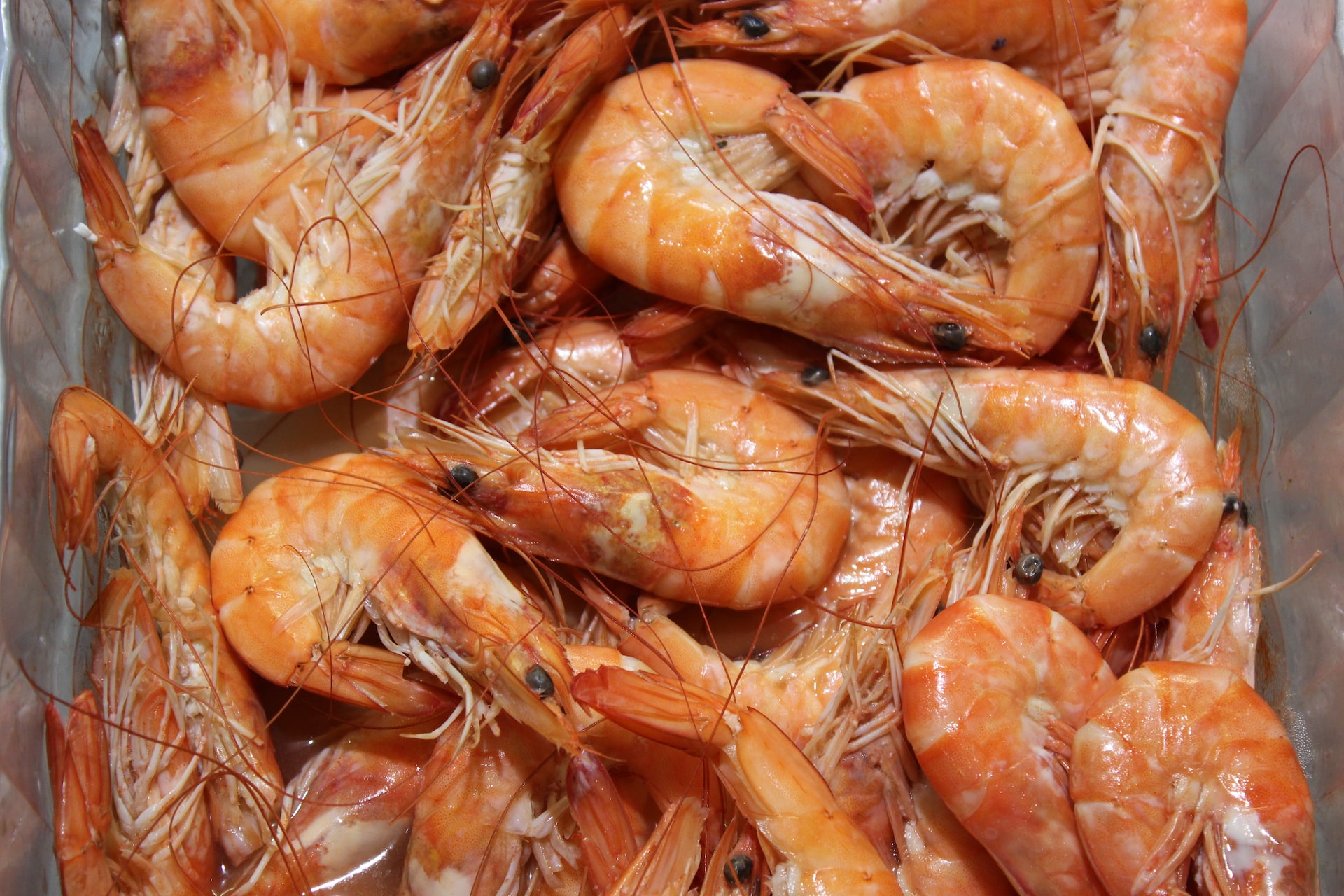
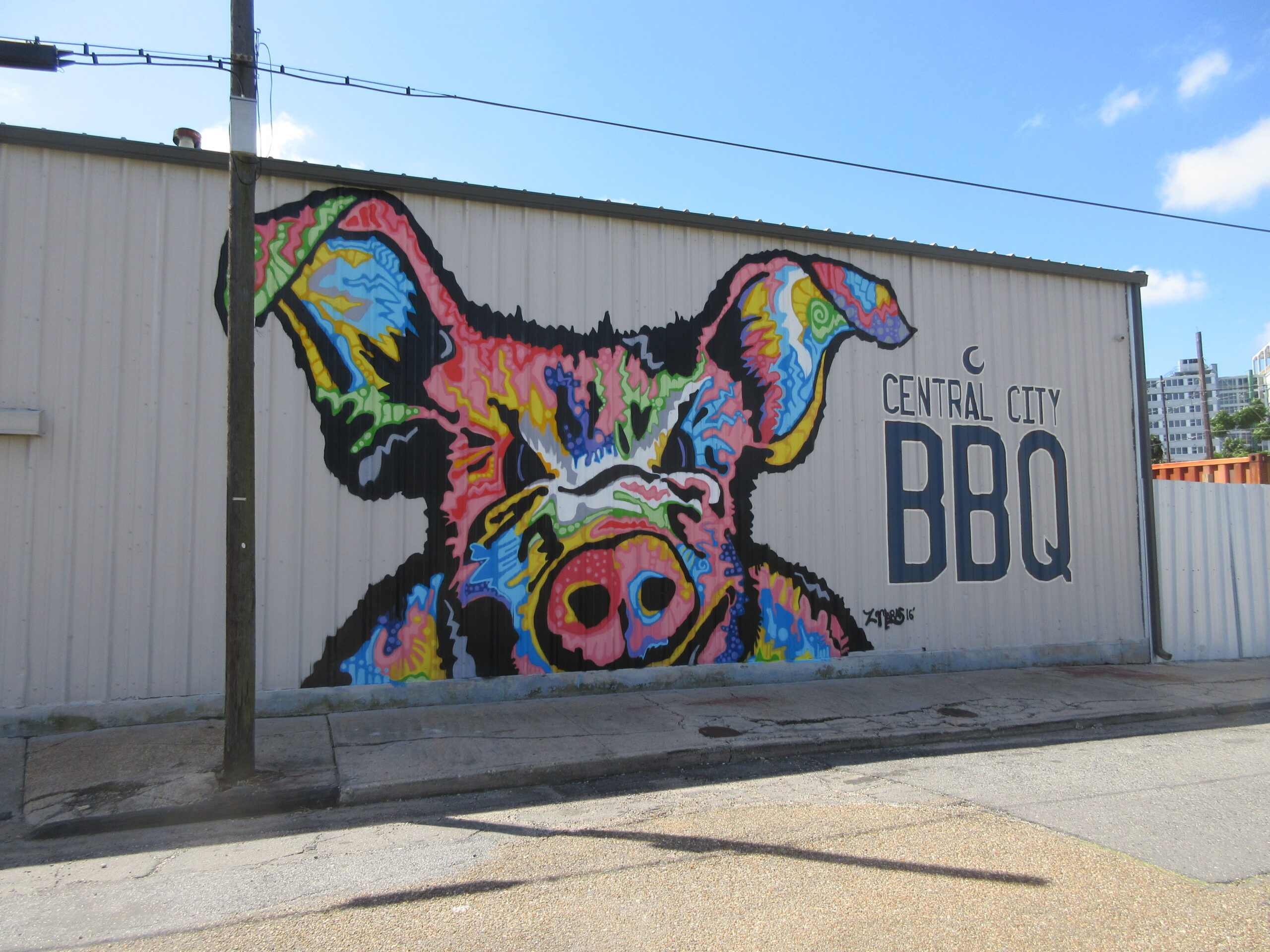
Chef Aaron Burgau, of the Patois fame, and his partners brought a traditional New Orleans BBQ menu, sides and all, to South Rampart Street. Central City BBQ is a modern, spacious place that hosts happy hours and special events.
Have a margarita at the festive Casa Borrega — a wild, bright, beautifully painted creation inside a renovated Greek Revival house. Hugo Montero and Linda Stone’s restaurant features street food and specialties from Mexico City, live music almost nightly, and more than 100 tequilas and mezcals behind the bar.
Hang out at Sportsman’s Corner bar, an iconic neighborhood staple on Second and Dryades. Family-run for more than 30 years, it’s still a hub of activity of the social aid and pleasure clubs and Mardi Gras Indians.

History of Central City, New Orleans
Thanks to the opening of the New Orleans & Carrollton Railway (which later became the St. Charles Avenue streetcar line), and aided by the opening of the New Basin Canal, parts of Central City developed rapidly in the early 19th century. Commerce was experiencing rapid growth, attracting German, Italian, and Irish immigrants who settled in this working-class area. As early as the 1830s, Dryades Street was a bustling commercial hub, with the popular Dryades Market built in 1849.
After the Civil War, the urbanized district attracted many African-Americans moving from the countryside. During the Jim Crow law era and all through World War II, the Dryades Street district was home to some 200 businesses, some owned by African-Americans, welcoming African-American shoppers (which was not the case elsewhere in the city). Central City was a predominantly residential area and one of the first integrated neighborhoods, with the commercial corridor largely confined to Dryades Street.
Central City was also home to the civil rights movement in New Orleans in the 1960s. Dryades Street was subject to boycott in 1960 because businesses still wouldn’t hire African-American staff. Local civil rights activist Oretha Castle Haley, after whom a section of Dryades Street was renamed, was one of the boycott participants. She also participated in the lunch-counter desegregation demonstrations. The Southern Christian Leadership Conference was founded with Martin Luther King Jr. in Central City in 1957, and the New Orleans chapter of the Congress of Racial Equality was founded and located in Central City as well.
In the late 1960s and up to the 1980s, the neighborhood declined, succumbing to blight and one of the highest rates of gun violence in the city (chronicled well in a 2012 series on incarceration by The Times-Picayune). The crack epidemic also took its toll during the 1980s.
Although the area’s elevation is listed at zero feet, large parts of Central City stayed dry in the aftermath of Hurricane Katrina in 2005, which led to increased attention post-Katrina from entrepreneurs and real estate investors. The city also invested in redeveloping public housing apartments from the 1940s, in the former Melpomene, Calliope, and Magnolia projects.
Although Central City’s crime rate is still relatively high and many of its areas are still depressed, the economic deterioration that followed integration is being slowly overcome by redevelopment. New businesses are coming in, and the still-vibrant Mardi Gras Indian and social aid and pleasure club culture remains the neighborhood’s treasured constant.
